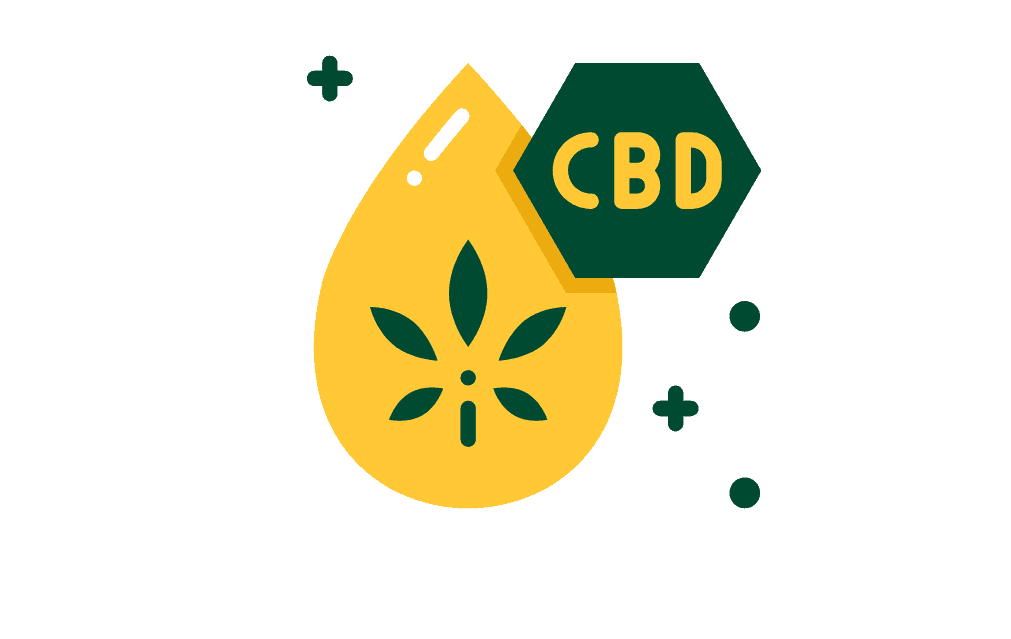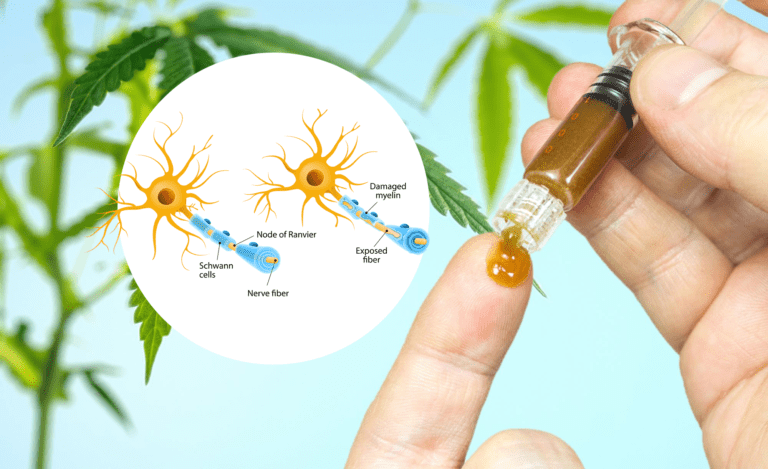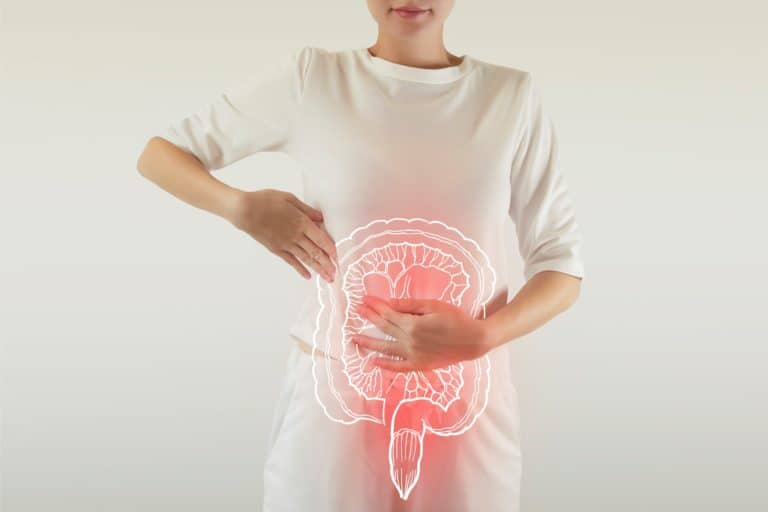CBD: Future of Depression and Anxiety Treatment
Worldwide, anxiety and depression disorders are extremely common, frequently coexist with one another, and contribute to high rates of disability and death. Researchers, clinicians, and policymakers from all disciplines have paid attention to the growing use of medical cannabis and its legalization.
There are already medical cannabis programs successfully established in at least 30 countries and many states in the United States. Additionally, it is estimated that over two million people use medical cannabis nationwide.
Researchers frequently observed patients report utilizing clinical pot to oversee side effects of chronic pain, anxiety, stress, and depression. Despite only being legal in some states for a few conditions and symptoms, researchers have found that medical cannabis is frequently promoted as an effective treatment for many health issues.
The conditions that can be treated with medical marijuana legally vary state-wise in the US. However, suppose you have Alzheimer’s, ALS, cancer, Crohn’s disease, epilepsy, seizures, hepatitis C, AIDS, glaucoma, multiple sclerosis, posttraumatic stress disorder, chronic pain, or severe nausea. In that case, you might be permitted to use it.
Scientific facts about Cannabis
Cannabidiol, or CBD, is the second most common active ingredient in marijuana. Although CBD is a necessary component of medical marijuana, it is either extracted directly from the hemp plant, which is a relative of marijuana or produced in a laboratory.
CBD, one of the hundreds of marijuana ingredients, does not produce a “high” on its own.” In humans, CBD exhibits no effects indicative of any abuse or dependence potential,” states a World Health Organization report. Pure CBD use has not been linked to any problems with public health at this time.”
How Cannabidiol Gives Health Benefits
Researchers and scientists are really excited about the results the cannabidiol treatment has already produced. People around the world prefer medical treatment through herbs and organic material, and it raises many questions! Why do people want and use herbal medications more than modern medicines without knowing the chemical reactions and side effects?
The truth is that the current treatment provided by pharmaceutical corporations using traditional drugs is insufficient for them. The majority believes in herbal treatment, just like treatment from marijuana, and it is only because of the results and experiences they have had over hundreds of years.
The use of cannabis in treating severe medical problems was also insanely positive, and patients worldwide experienced the best results. The ease of the treatment is really attractive and provides natural relaxation to the human body, and modern researchers have so many hopes to explore more benefits in the future.
Cannabidiol: Future Treatments and Aspects
Cannabis use is no longer associated with a high risk of negative effects, as once thought. Contrary to popular belief, heavy cannabis use is associated with poor memory, a higher risk of developing psychotic disorders and other mental health problems, worse educational achievement, and unemployment. Additionally, there have been more clinical trials for different cannabis use disorder (CUD) therapies.
The majority of these studies concentrate on psychotherapy interventions, particularly contingency management (CM), cognitive behavioral therapy (CBT), and motivational enhancement therapy (MET). Their findings imply that combining these three modalities yields the best results, even though abstinence rates are modest and fall after treatment. Pharmacotherapy trials have recently been done as an addition to psychosocial treatment. N-acetyl cysteine and gabapentin are two of the most promising medications.
Positive, albeit limited, outcomes have been seen with psychotherapeutic treatments for CUDs. According to the research, a combination of MET, CBT, and CM results in the most reliable improvements while having limited effects on long-term abstinence. Each approach seems to add something interesting. CBT works to improve abstinence durability after treatment; abstinence-based CM leads to longer periods of continuous abstinence during treatment, and MET is effective at engaging ambivalent individuals. Longer periods of in-treatment abstinence and the belief that one can resist using (self-efficacy) appear to be important in predicting better long-term outcomes. Regarding treatment duration, there is evidence that a longer duration improves outcomes, albeit with a small effect and no clear optimal range. Future psychotherapy trials should continue to investigate alternative therapeutic approaches and mechanisms of therapeutic change because there is still a lot of room for improvement in treating CUD.
Futuristic Interventions Based on Technology
In recent years, significant technologically based CUD interventions have been developed, and this is a new field. These Internet- and computer-based treatments aim to make it easier to get services, save money on training and delivery, guarantee treatment fidelity, and improve current fact-based methods. Initial results from several studies have been promising.
People with CUD and comorbid depression have also been proven to benefit from computer-based therapies. In a series of clinical trials, computer-assisted MI/CBT was contrasted with identical therapist-delivered MI/CBT and a one-session brief intervention (BI).
Throughout the 12-month trial and follow-up period, cannabis use and the number of dangerous use days decreased in both the computer- and therapist-assisted MI/CBT groups when compared to BI. Still, the MI/CBT groups did not vary from one another. When treatment outcomes were evaluated by the proportion of individuals who improved, computer-delivered care had the greatest overall treatment effects.
In a larger randomized experiment with 274 participants, both intervention groups demonstrated significant decreases in cannabis usage from baseline to three months compared to the control condition. However, there were no significant differences between therapist- and computer-assisted treatments. These findings support the potential utility and cost-effectiveness of computer-delivered therapy.
Conclusion
This audit demonstrated that CBD might help alleviate pain and anxiety. This study demonstrates that it enhances the quality of life for many patients. The prevalence rates of cannabis use and CUD have risen in light of the shifting legal landscape for cannabis use in the United States. Additionally, the number of people needing CUD treatment will likely rise.
To effectively treat CUD, it is crucial to continue looking for new pharmacotherapeutic drugs to supplement existing psychological therapies. The scientific community, the general public, and government agencies may engage in more dialogue due to marijuana legalization. Ideally, this would result in increased funding for research, easier access to findings, and increased awareness of the negative effects of excessive cannabis use, as well as the availability of effective treatments.








